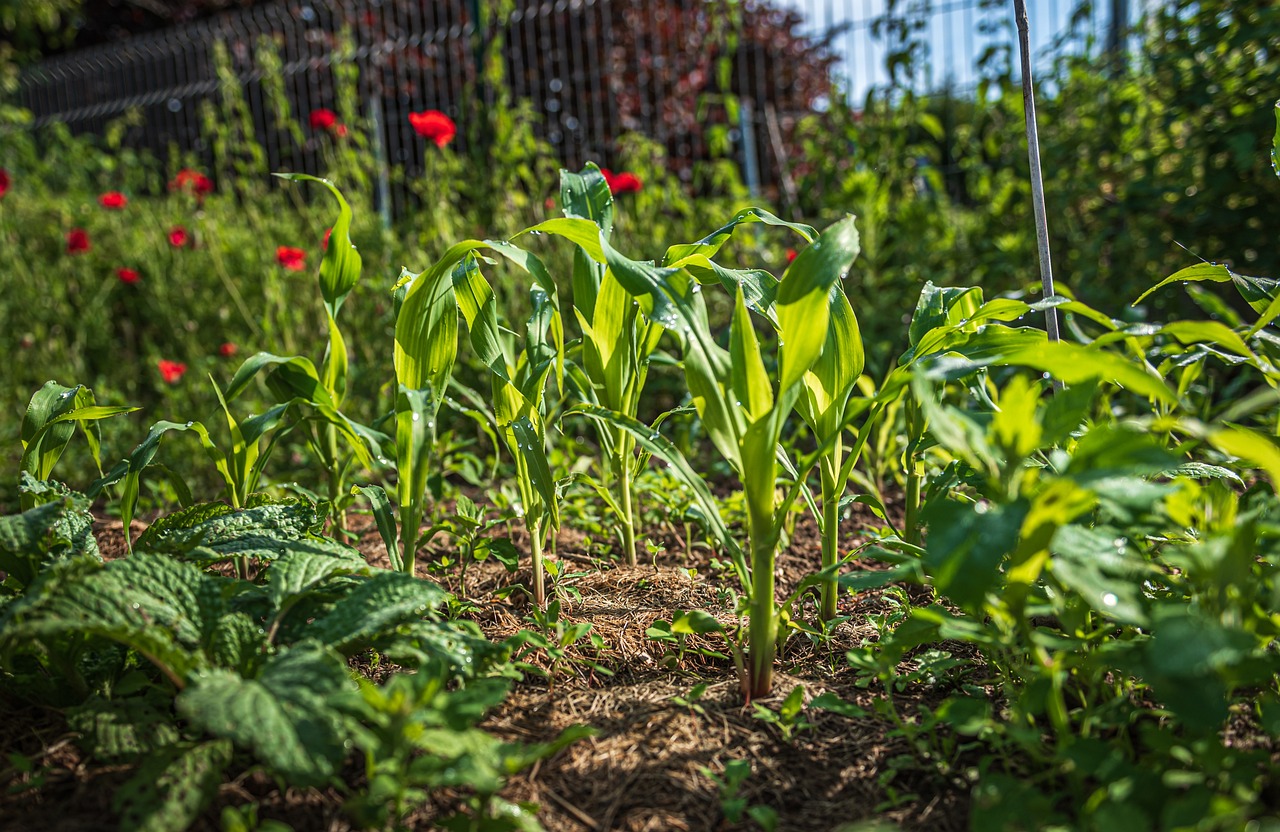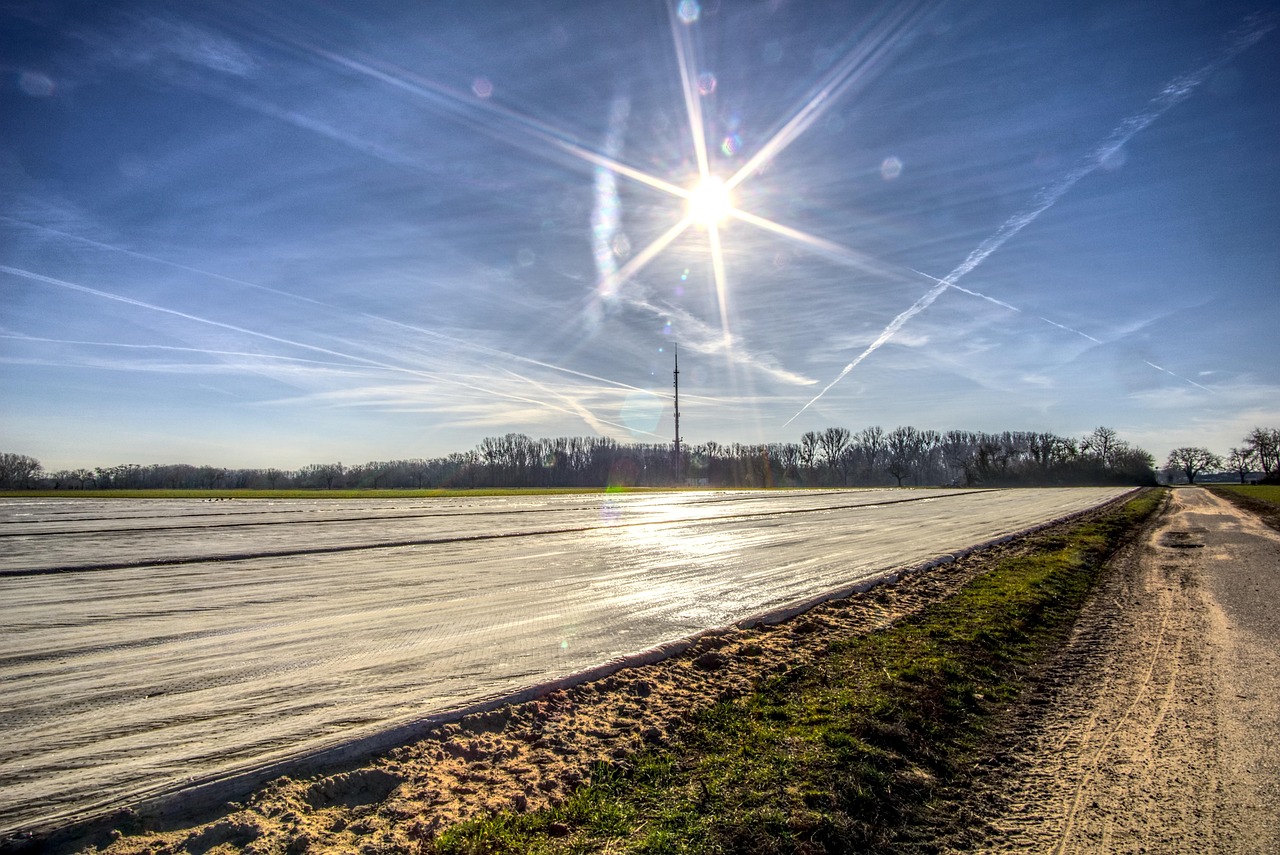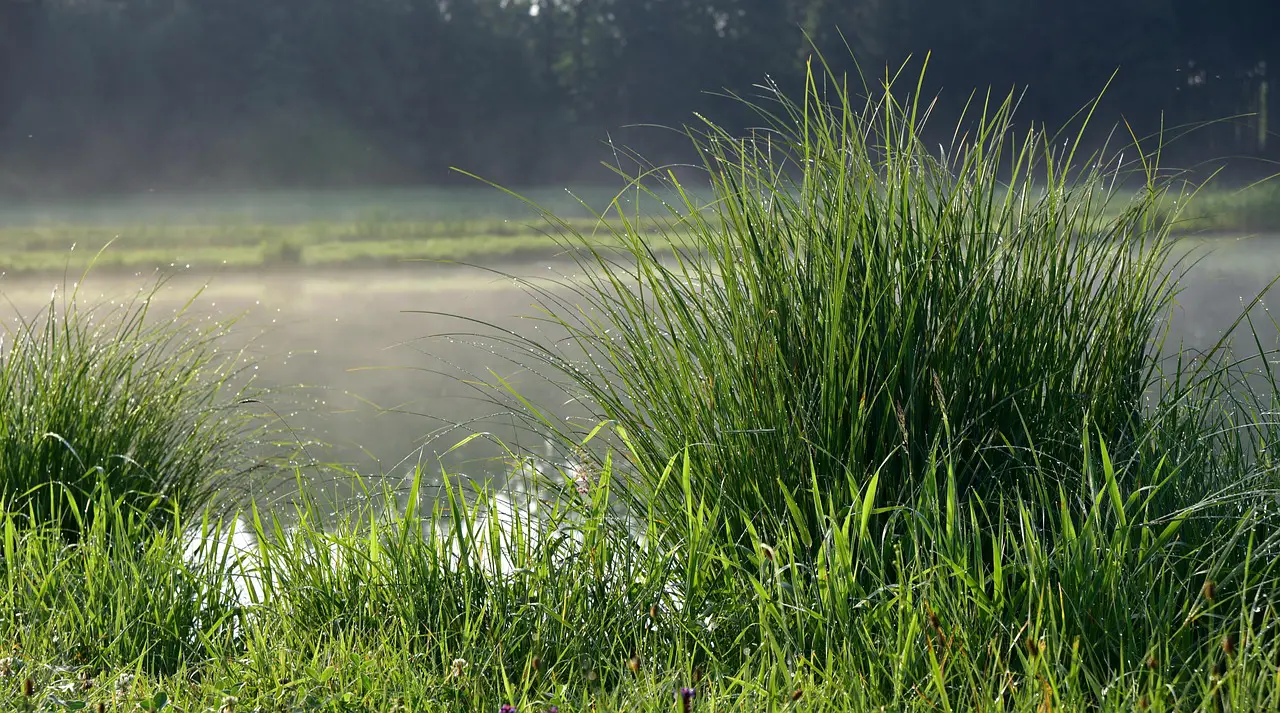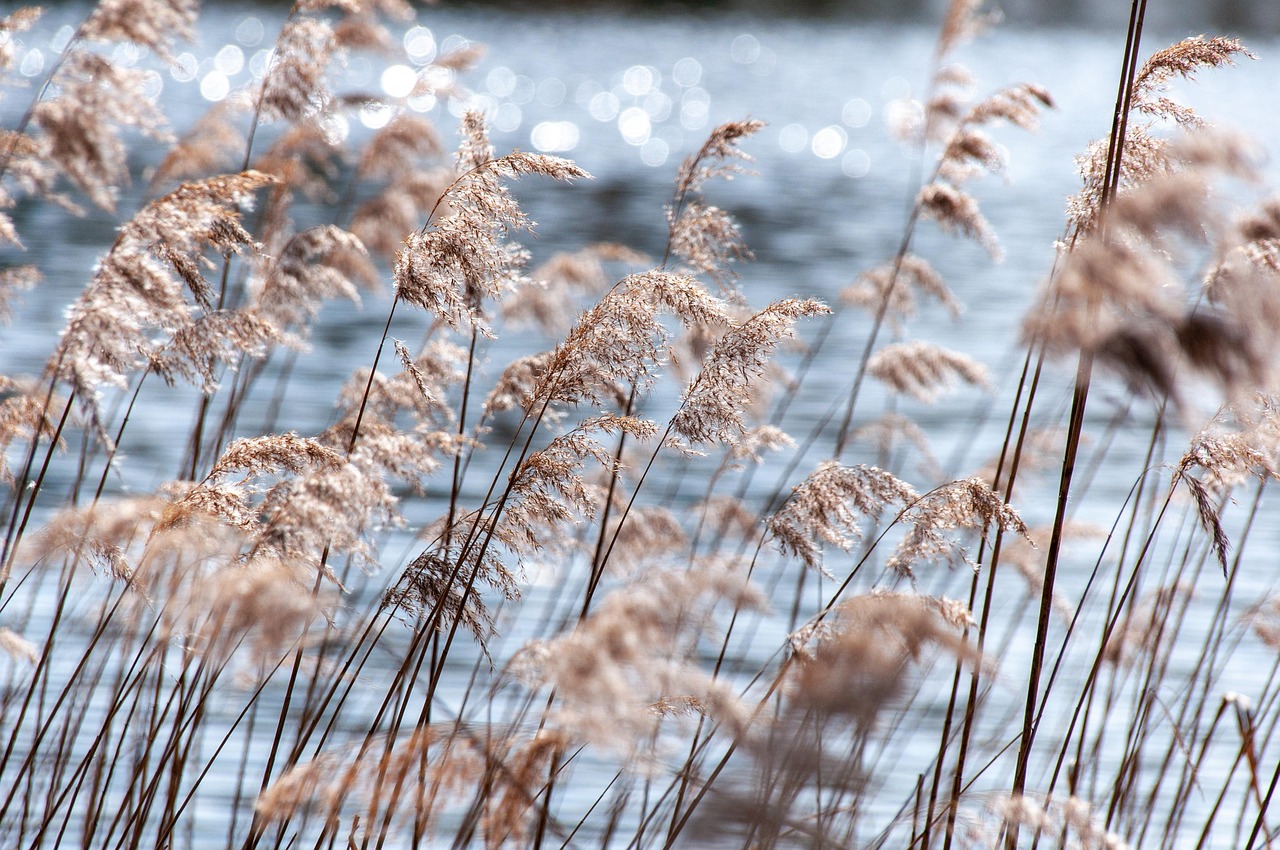Texas is known for its scorching summers, with temperatures often soaring well above 100°F. For gardeners and outdoor enthusiasts, this presents a unique challenge: finding plants that can not only survive but thrive in such extreme heat. Luckily, several hardy plant species are well-suited to endure the Texas climate, providing beauty and resilience to landscapes.
The key to successful gardening in hot climates lies in selecting drought-tolerant and heat-resistant plants. These plants have adapted to withstand long periods of sun exposure and minimal water, making them ideal for Texas gardens. Understanding the characteristics of these plants can significantly enhance the aesthetics of your outdoor space while minimizing maintenance efforts.

When considering outdoor plants for Texas heat, it is essential to understand the region’s unique climate characteristics. Most areas experience hot summers, mild winters, and varying degrees of rainfall. As a result, choosing the right plants can lead to a vibrant garden that stands up to the elements.
| Climate Feature | Description |
|---|---|
| Summer Temperatures | Often exceed 100°F |
| Winter Temperatures | Mild, rarely below freezing |
| Rainfall | Varies; generally low during summer months |
| Soil Type | Clayey or sandy, often requiring amendments |
Plants That Excel in Texas Heat
Numerous plants are specifically suited to thrive in the harsh Texas environment. Below is a list of some of the best options that provide lush greenery and vibrant blooms while requiring minimal water.
- Mexican Sage (Salvia leucantha) – Known for its stunning purple flowers, this perennial is drought-tolerant and attracts butterflies.
- Blackfoot Daisy (Melampodium leucanthum) – This hardy perennial produces cheerful white flowers and thrives in full sun.
- Desert Willow (Chilopsis linearis) – A small tree with lovely trumpet-shaped flowers, it is drought-resistant once established.
- Lantana (Lantana camara) – A colorful perennial that attracts pollinators and thrives in hot, dry conditions.
- Agave (Agave spp.) – These succulent plants are perfect for xeriscaping due to their minimal water needs and striking architectural forms.
These plants are not only beautiful but also practical. They require less water than traditional garden plants, making them environmentally friendly choices. Additionally, they contribute to a sustainable ecosystem by supporting local wildlife such as bees and butterflies.
Incorporating heat-tolerant plants into your landscape design can also enhance the overall appeal of your garden. Consider mixing various textures and colors to create an inviting atmosphere. Grouping plants with similar water and light requirements can simplify maintenance while ensuring each plant thrives in its designated spot.
Moreover, understanding the planting techniques can further improve success rates. For instance, planting during cooler months or ensuring proper soil drainage can help establish strong root systems. With the right approach, you can enjoy a flourishing garden that withstands the relentless Texas heat.
As you plan your outdoor space, take time to research each plant’s specific needs. This knowledge will empower you to select the best species for your environment and aesthetic preferences, ultimately leading to a thriving garden that complements the beauty of Texas.
Watering Strategies for Texas Heat
Watering is a crucial aspect of gardening, especially in the extreme heat of Texas. Proper watering techniques can significantly impact plant health and survival. Understanding how to water effectively can help conserve resources while ensuring plants receive the moisture they need to thrive.
In hot climates, the watering schedule may differ from traditional gardening practices. Here are some important strategies to consider:
- Deep Watering: Watering deeply encourages roots to grow deeper into the soil. This helps plants become more drought-resistant over time.
- Morning Watering: Watering early in the morning allows plants to absorb moisture before the heat of the day. This reduces evaporation and ensures more water reaches the roots.
- Drip Irrigation Systems: Installing a drip irrigation system can efficiently deliver water directly to the plant’s root zone, minimizing waste and reducing evaporation.
- Mulching: Applying a layer of mulch around plants helps retain soil moisture and keeps the soil temperature stable, benefiting plant health.
Understanding Soil Types
The type of soil in your garden plays a significant role in how well plants thrive, especially under harsh conditions. Texas has various soil types, including clay, sandy, and loamy soils. Each type has unique properties that affect water retention and drainage.
Here are some common soil types found in Texas, along with their characteristics:
| Soil Type | Characteristics |
|---|---|
| Clay Soil | Heavy and dense; retains moisture well but drains slowly. |
| Sandy Soil | Light and well-draining; dries out quickly and may require more frequent watering. |
| Loamy Soil | A balanced mixture of sand, silt, and clay; ideal for most plants as it retains moisture but also drains well. |
To improve soil quality, consider adding organic matter such as compost. This can enhance drainage in clay soils and improve moisture retention in sandy soils. The right soil amendments can create a more hospitable environment for your plants.
Choosing Native Plants for Resilience

Native plants are often the best choice for gardening in Texas. These species have evolved to thrive in local conditions, making them naturally resistant to pests and diseases. They also require less water and maintenance than non-native varieties.
Here are some native plants that excel in Texas heat:
- Texas Bluebonnet (Lupinus texensis) – The state flower that adds a burst of color to spring gardens.
- Indian Blanket (Gaillardia pulchella) – A vibrant wildflower that attracts pollinators and thrives in dry conditions.
- Pride of Barbados (Caesalpinia pulcherrima) – A small tree with striking yellow and red blooms, perfect for adding tropical flair to landscapes.
- Red Yucca (Hesperaloe parviflora) – A beautiful succulent that produces tall flower spikes and attracts hummingbirds.
Incorporating these native species helps create a sustainable garden that supports local wildlife and ecosystems. Furthermore, native plants often require minimal intervention, making gardening a more enjoyable experience.
Designing Heat-Resilient Landscapes
When designing a landscape that can withstand Texas heat, consider strategic placement of plants and hardscaping elements. Grouping similar plants together not only simplifies care but also creates visually appealing arrangements.

Additionally, using hardscaping features such as stones, paths, and patios can help reduce water needs by minimizing exposed soil. These elements can enhance the aesthetic appeal while providing functional areas for relaxation or entertainment.
By understanding the unique challenges presented by Texas heat and selecting appropriate plants, you can create a stunning outdoor space that thrives year-round with minimal maintenance.
Beneficial Gardening Practices for Hot Climates

Maintaining a garden in the heat of Texas requires not only the right plant selections but also effective gardening practices. Implementing beneficial techniques can enhance plant growth, minimize water usage, and promote a healthy ecosystem. Here are some essential practices to consider when gardening in hot climates.
Soil Preparation
Preparing the soil properly is vital for ensuring that plants thrive in hot conditions. Healthy soil provides essential nutrients and improves moisture retention. Here are steps to enhance your soil:
- Test the Soil: Conduct a soil test to determine pH levels and nutrient content. This information helps in making necessary amendments.
- Add Organic Matter: Incorporate compost, well-rotted manure, or peat moss to improve soil structure and fertility.
- Consider Soil Amendments: Depending on the soil test results, you may need to add lime to raise pH or sulfur to lower it.
- Ensure Proper Drainage: If your soil retains too much water, consider adding sand or building raised beds to improve drainage.
Mulching Techniques
Mulching is an effective way to protect plants from extreme temperatures. It helps maintain soil moisture, suppresses weeds, and regulates soil temperature. Here are some mulch options suitable for hot climates:
- Wood Chips: These provide excellent insulation, reducing temperature fluctuations in the soil.
- Straw or Hay: Light-weight options that decompose over time, adding organic matter to the soil.
- Gravel or Rock: Ideal for xeriscaping; these materials reflect heat and reduce water evaporation.
Apply a layer of mulch around plants, ensuring it does not touch the stems, as this can prevent airflow and promote rot.
Pest and Disease Management
In hot climates, pests and diseases can be more prevalent. However, adopting integrated pest management strategies can help control these issues effectively:
- Cultural Practices: Rotate crops and diversify plantings to reduce pest populations and disease spread.
- Natural Predators: Encourage beneficial insects such as ladybugs and lacewings that feed on harmful pests.
- Organic Pesticides: Use natural solutions like neem oil or insecticidal soap to manage pest populations without harming beneficial insects.
Regular monitoring is essential. Check plants frequently for signs of stress, discoloration, or pest activity. Early detection allows for more effective treatment options.
Water Conservation Techniques
Water conservation is crucial in Texas due to often limited rainfall. Adopting water-saving practices can lead to more sustainable gardening:
- Xeriscaping: Designing landscapes that require minimal irrigation by using drought-resistant plants and efficient watering practices.
- Rainwater Harvesting: Collecting rainwater from rooftops into barrels can provide an eco-friendly water source for gardens.
- Turf Alternatives: Consider replacing traditional lawns with native ground covers that require less water and maintenance.
Implementing these strategies not only supports the environment but also reduces gardening costs over time.
The Role of Community Gardens
Community gardens play a significant role in promoting sustainable gardening practices in urban areas. They offer several benefits, especially in areas with extreme heat:
- Education: Community gardens serve as educational hubs where individuals can learn about sustainable gardening techniques and native plants.
- Resource Sharing: Members can share tools, seeds, and expertise, reducing individual costs and fostering collaboration.
- Food Security: These gardens provide access to fresh produce, which is especially important in food deserts.
Participating in or starting a community garden can strengthen neighborhood ties while promoting sustainable practices and local biodiversity.
Embracing Sustainable Practices
In addition to community gardens, individual gardeners can adopt sustainable practices that contribute to the overall health of the environment. Utilizing organic gardening methods can not only yield better results but also promote soil health and biodiversity. Here are some sustainable practices to consider:
- Companion Planting: Planting compatible species together can enhance growth, deter pests, and improve yields. For example, planting marigolds with vegetables can help repel harmful insects.
- Cover Cropping: Growing cover crops during off-seasons helps improve soil fertility and structure. These crops prevent erosion and can be tilled back into the soil to add organic matter.
- Minimal Tillage: Reducing tillage helps maintain soil structure and reduces erosion. It also preserves beneficial microorganisms in the soil.
By incorporating these practices into your gardening routine, you can create a more resilient garden that withstands the challenges of extreme heat while benefiting the surrounding ecosystem.
Enhancing Aesthetic Appeal
Creating a visually appealing landscape in Texas heat is entirely possible with the right approach. Heat-tolerant plants can be arranged in eye-catching designs that not only beautify your outdoor space but also provide essential habitat for wildlife. Consider the following design tips:
- Color Schemes: Use a variety of colors, shapes, and heights to create dynamic visual interest. Bright flowers against a backdrop of green foliage can create stunning contrasts.
- Vertical Gardening: Incorporate trellises or vertical planters to maximize space and add dimension to your garden. Climbing plants, such as morning glories or sweet peas, can provide shade and beauty.
- Pathways and Borders: Define areas of your garden with pathways made of natural stones or decorative gravel. Borders planted with heat-tolerant flowers can add structure and guide visitors through your space.
A well-designed garden not only looks appealing but also functions effectively to conserve water and support local wildlife.
Final Thoughts
Gardening in Texas heat requires thoughtful planning, selection of the right plants, and implementation of sustainable practices. By choosing heat-tolerant and native species, you can create a vibrant, resilient landscape that thrives despite the challenges posed by extreme temperatures. Understanding effective watering strategies, soil management, and pest control is crucial for success.
Community gardens provide an excellent opportunity to share knowledge and resources while fostering a sense of community. Individual efforts in sustainable gardening contribute to a healthier environment and promote biodiversity. As you embark on your gardening journey, remember that resilience is key. With patience and dedication, your outdoor space can flourish in the Texas heat.
Ultimately, embracing these principles will not only enhance your garden’s beauty but also create a sustainable haven that supports both people and nature in the long run.
